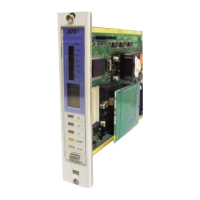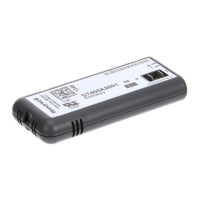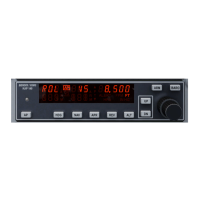If the point ID is too long to be fully displayed in the alarm
summary, it is truncated. To see the full name, hover the mouse
pointer over the partial point ID to display the full point ID.
The condition of the alarm.
The priority of the alarm. The prefix letter indicates the general
priority:
•Urgent
•High
•Low
If a number follows the letter, it represents the relative priority
within the general priority. For example, Urgent alarms can vary
from U15 (most urgent) to U00 (least urgent).
A description of the alarm.
If the description is too long to be fully displayed in the alarm
summary, it is truncated. To see the full description, hover the
mouse pointer over the partial description to display the full
description.
The function is not available.
The value that triggered the alarm.
5.2.3 Acknowledging Alarms
In most systems, Station produces an alarm tone when a new alarm occurs (Your system
may be configured not to do this, and by default this is off).
There are several ways of acknowledging alarms, refer to the below table
Click the Acknowledge Alarm button on the
toolbar, or press the function key [F4].
Acknowledge an alarm on the Alarm
Summary
Select the alarm and click the Acknowledge
Alarm button on the toolbar or
press the function key [F4] or
right-click the mouse on the alarm line and
select Acknowledge Alarm.

